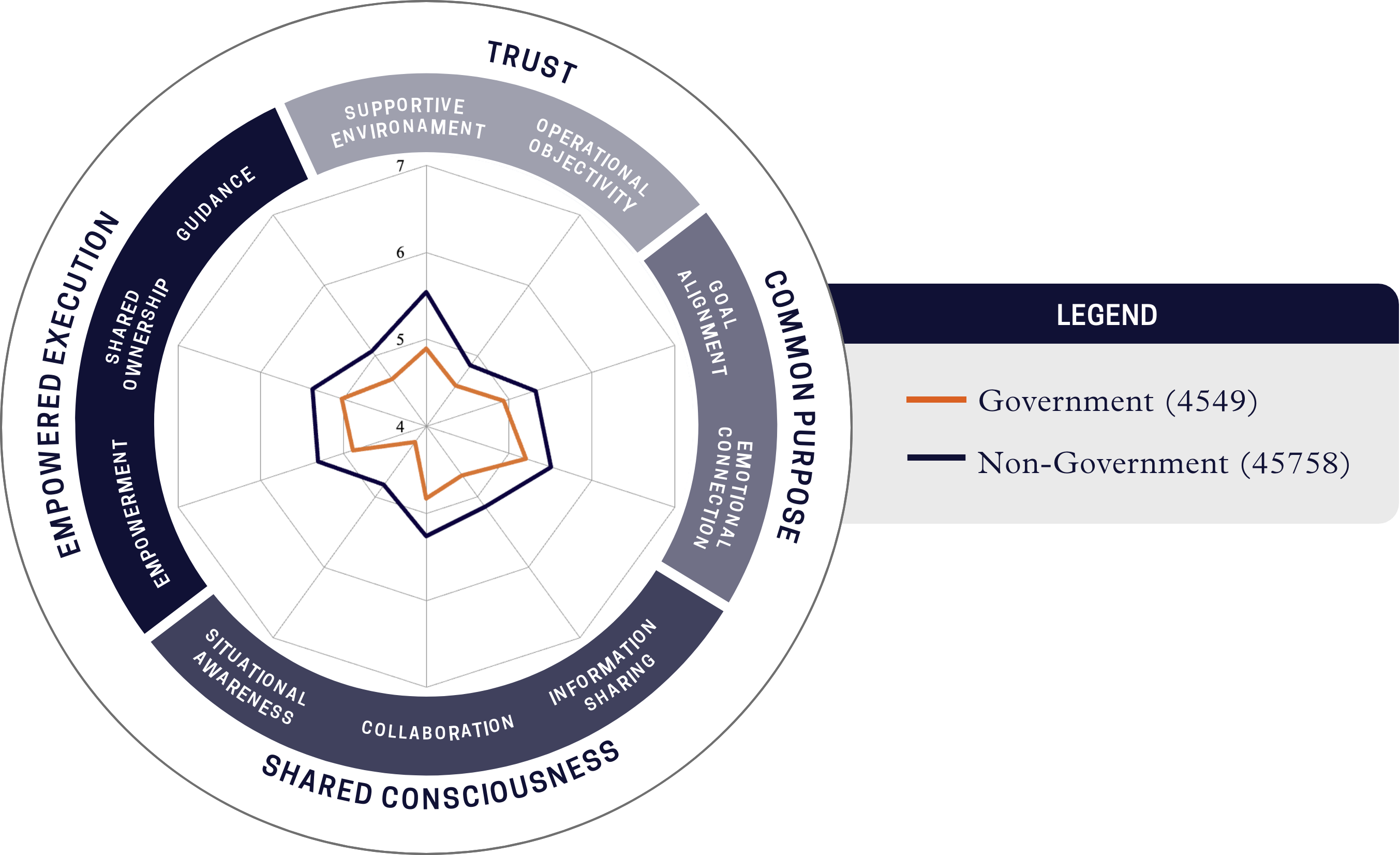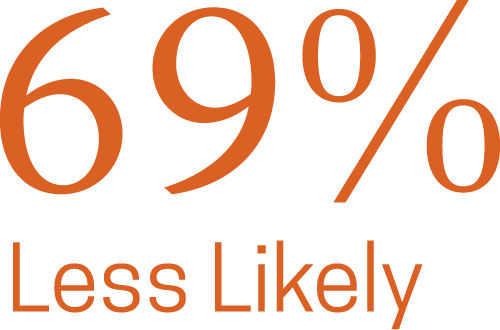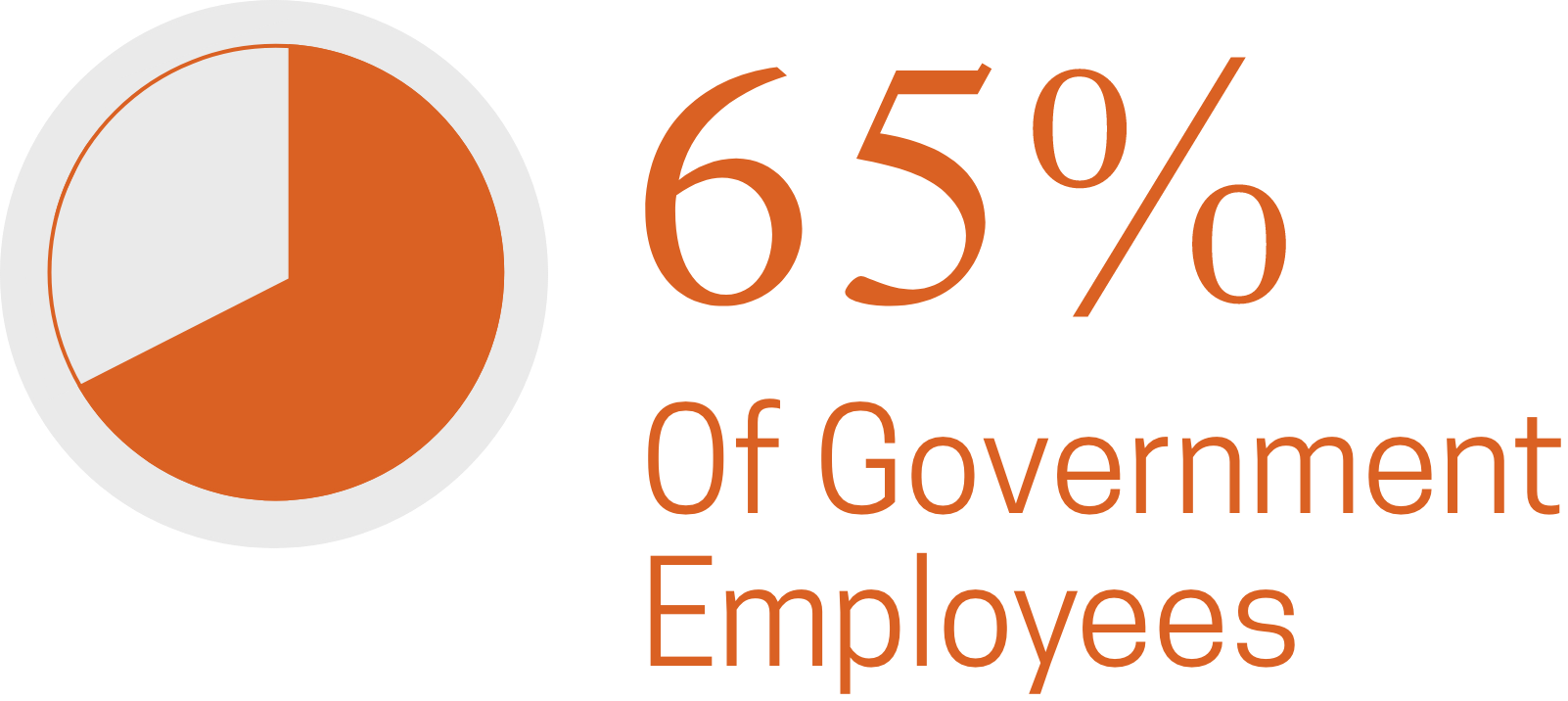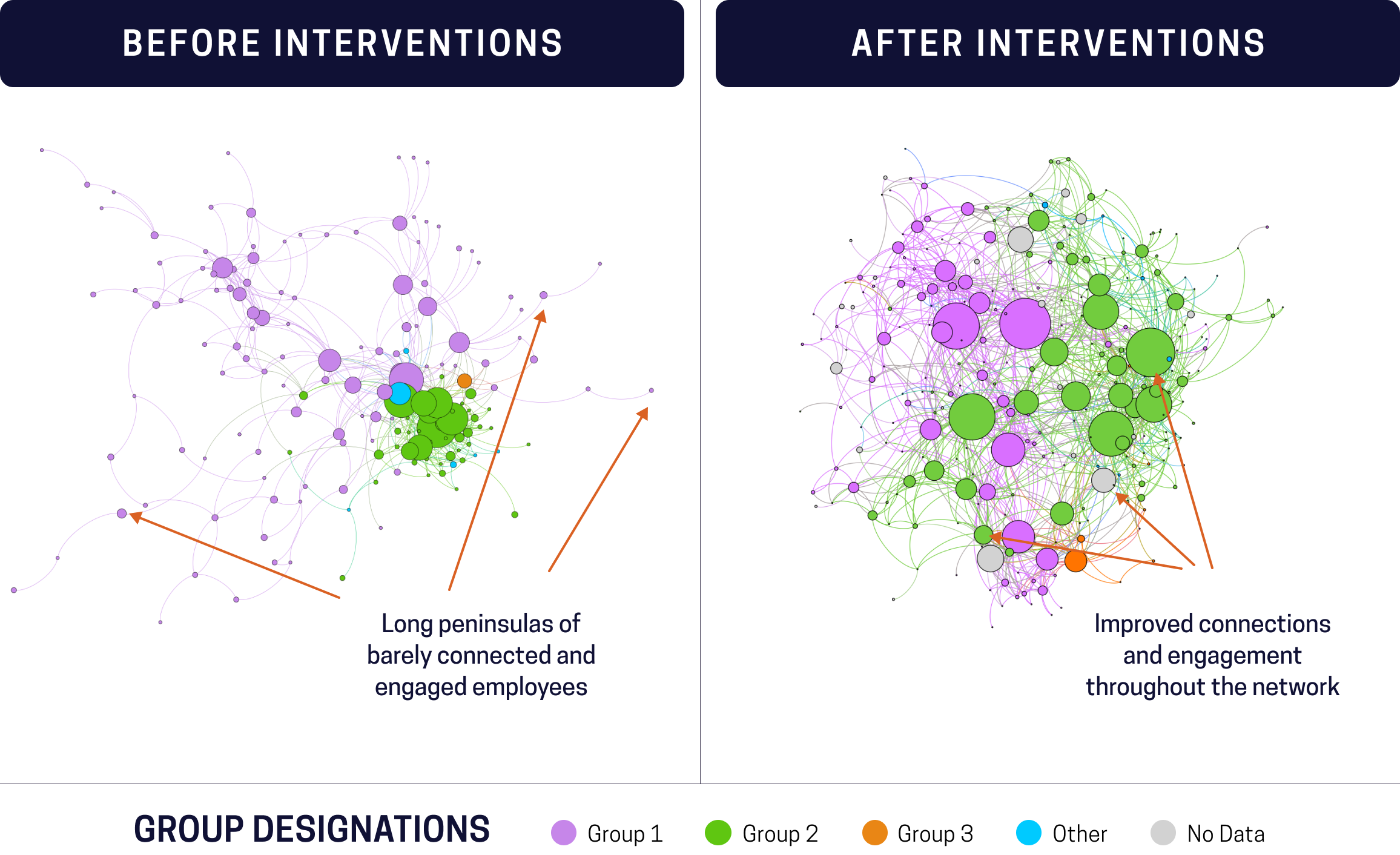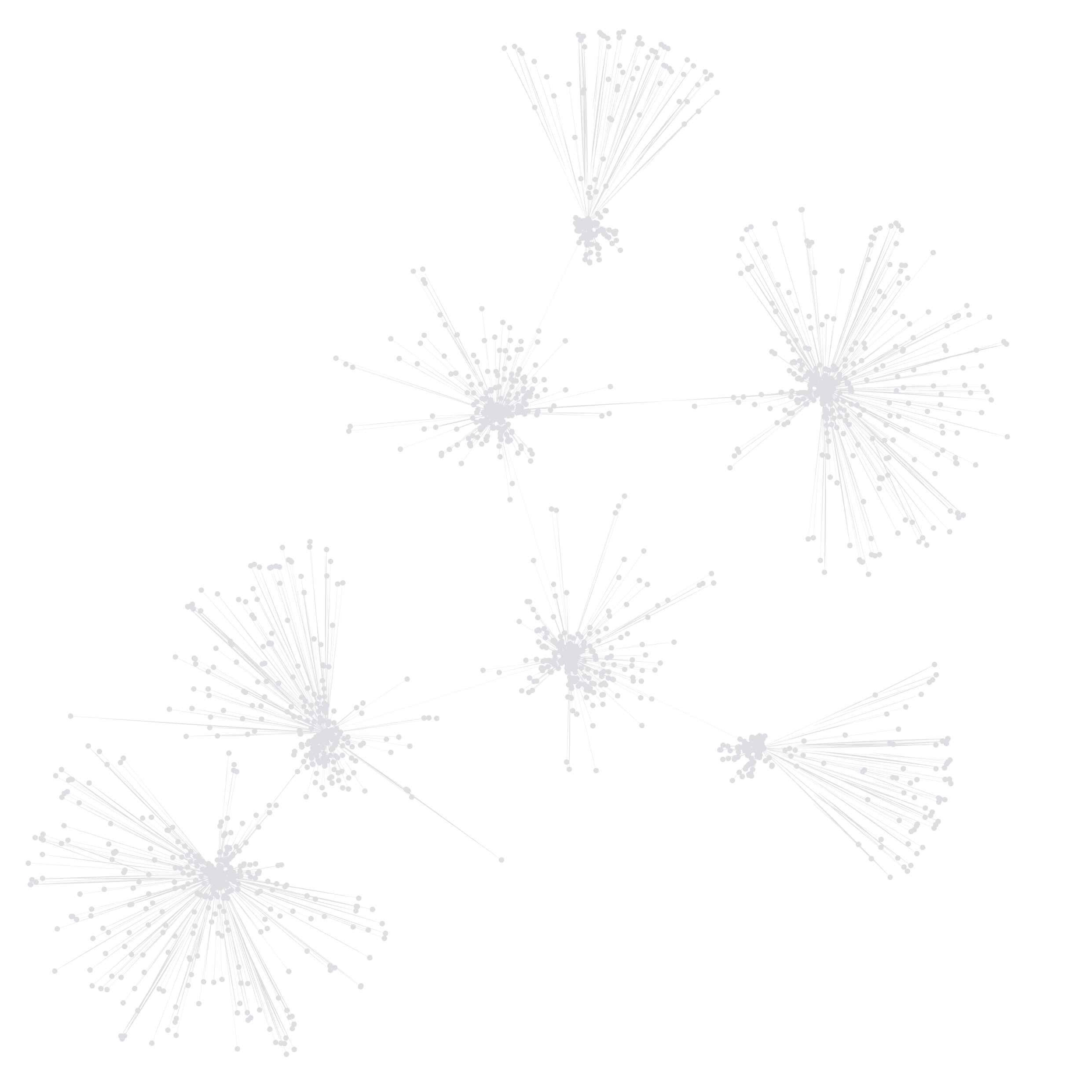The findings are key for organizations to take heed of since employees who strongly agree that their employer cares about their overall well-being when compared to those who don’t are 69% less likely to actively search for a new job, and roughly five times more likely to strongly advocate for their company as a place to work and to strongly agree they trust the leadership of their organization, according to Gallup.
Research from Eagle Hill Consulting reveals that 65% of government employees feel burnt out at work, significantly higher than the 44% of workers in the private sector who indicate they feel burnt out. However, according to the Bureau of Labor Statistics, the government sector has less turnover in the United States than almost all other sectors.
The fact that government employees tend to burn out and stay, rather than experience burnout and leave—as private sector employees often do—carries a heavy cost in lost productivity, as Gallup found that employees who are not engaged or who are actively disengaged cost the world $7.8 trillion in lost productivity.
How We’ve Worked with Clients to Address These Challenges
The opposite of employee engagement is burnout, and McChrystal Group has worked with several clients to address their employee burnout to foster true engagement.
Understanding the drivers behind employee burnout is key to addressing the root of the problem, because once an employee is burned out, there is no quick fix. Simply put, we often see that organizations are ignoring early warning signs of employee burnout and addressing the issue too late by focusing on the wrong problems at the outset.
McChrystal Group worked with an organization that was growing to meet the needs of its constituents, yet some teams were struggling with low employee engagement due to burnout, leading to fears of turnover.
Much of our work focused on team leaders to increase overall organizational engagement. Repeatable processes through coaching were created so leaders were empowered to have regular discussions with peers, superiors and direct reports to provide an alternative perspective and a lens on a leader’s actions, leading to increased self-awareness, which will in turn fostered greater engagement.
By utilizing data from the engagement assessment, we were able to identify pressure points that posed threats to the organization’s long-term goals. Armed with insights to make data-driven decisions regarding its workforce, the organization was able to:
- Proactively identify disengaged teams and the underlying reasons driving disengagement
- Develop a targeted approach to addressing teams with disengaged employees
- Implement regular cadence of small group discussions with leaders to tackle their individual team-level engagement challenges in a way that was complementary to the larger organizational solutions
- Equip leaders with resources and support to empower them to make changes and act on their team data to sustain engagement from the bottom up




